

Shane O'Donoghue
2025 Nissan Ariya Nismo review: Quick drive
6 Days Ago

Senior Contributor
Nissan is still not able to say when it will get access to the Ariya electric SUV, to sell alongside its Leaf EV hatchback in Australian showrooms.
This means that, while Nissan’s local division claims to want the car very much, consider it unlikely that you’ll see it until 2023 at the earliest.
In short, Australia’s low electric car sales mean this is not a priority market.
As has become a familiar story (see Volkswagen ID.4 and Ford Mustang Mach-E for two more examples), initial allocations will be sent to bigger markets, in Nissan’s case meaning China, Japan, Europe and the US.
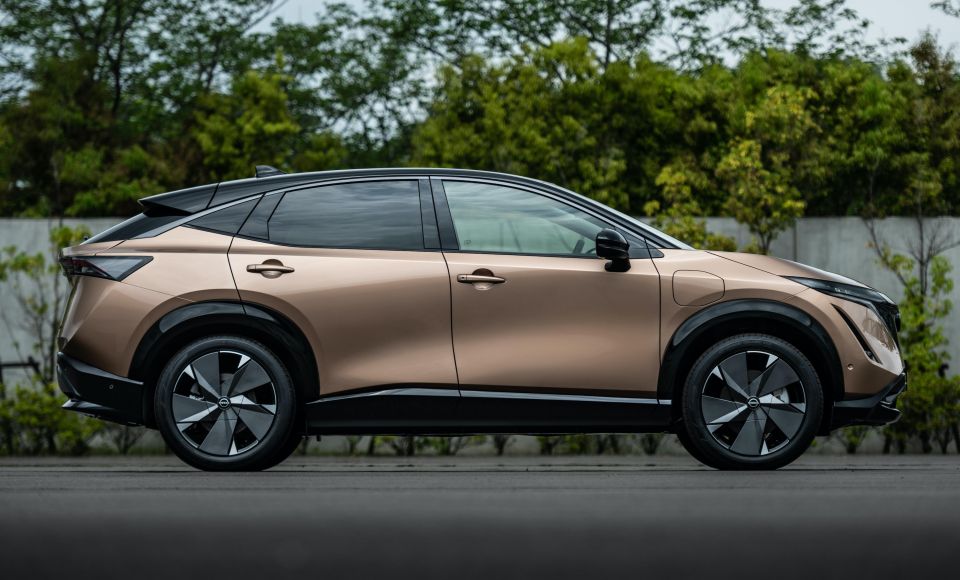
The Ariya was revealed in production-ready guise way back in July 2020 as a ground-up new model to tackle Tesla’s ubiquitous Model Y – itself still yet to officially arrive Down Under, despite being on sale globally.
While ongoing supply shortages bit into the Ariya rollout, Japanese pre-orders commenced in June this year and Europe in September starting with Norway. Reservations for US customers are open, with deliveries commencing in “Fall” 2022 (quarter three).
Nissan’s overhauled Tichigi plant is on track for mass production by the end of Japan’s fiscal year in March 2022, to supply these core markets with “tens of thousands” of units – as per Automotive News.
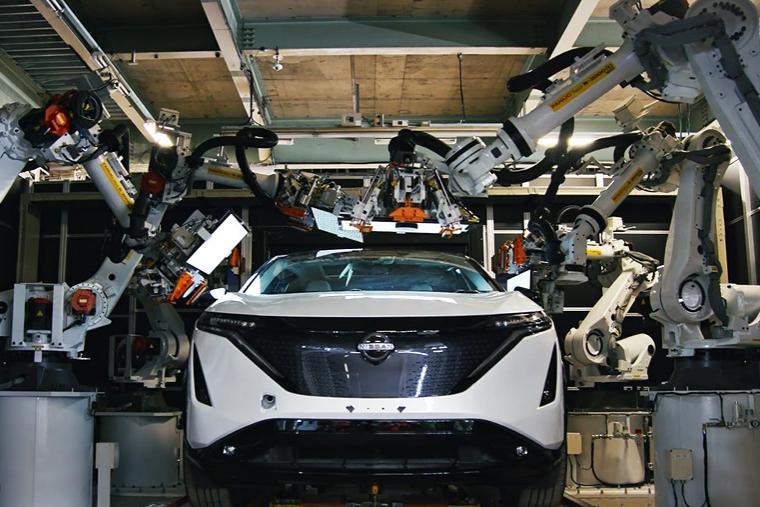
As for Australia?
“It’s a great car that Australians would very much appreciate, demand and want,” recently appointed Nissan Oceania managing director Adam Paterson told us last week.
“Still working with our colleagues as to how to make it marketable and be able to get it to Australia. So, working on it, [but] don’t have a date at this point.”
The Ariya is built on a ground-up electric car platform rather than a repurposed combustion one, will offer the choice of 66kWh or 91kWh battery packs, and has Nissan’s two-motor e-4ORCE all-wheel drive as an option.
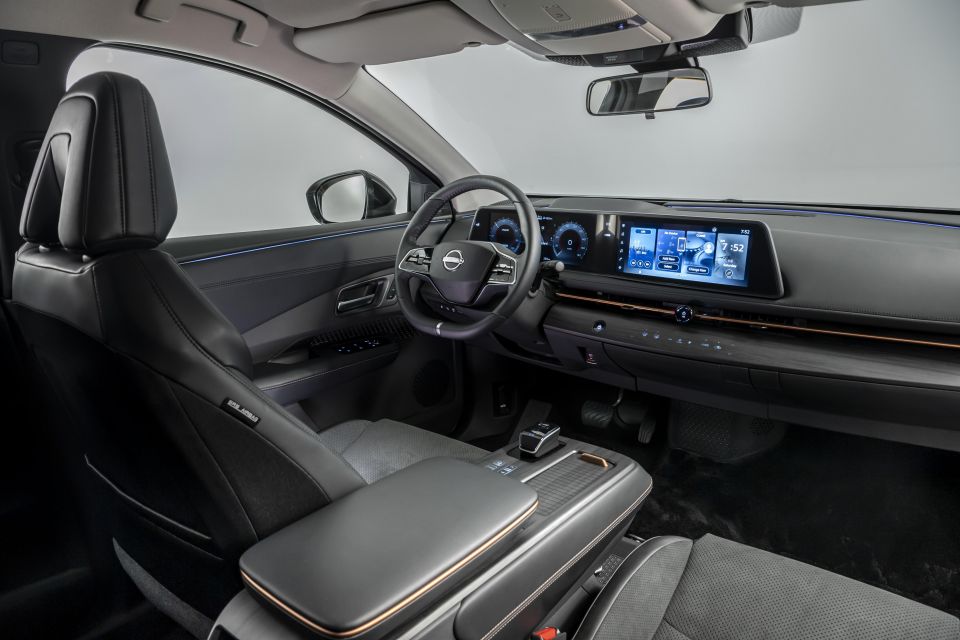
Two-wheel drive models have 160kW and 300Nm (66kWh battery) or 178kW and 300Nm (91kWh), whereas the twin motor models offer 250kW/560Nm and 290kW/600Nm – the latter dashing to 100km/h in a claimed 5.1 seconds.
Nissan also confirmed the Ariya comes with liquid thermal cooling, meaning the battery can handle fast charging without overheating.
The company reckons the interior is “more akin to a sleek cafe lounge on a starship, evoking performance and intrigue, than to a traditional automotive cabin”.
The flat floor up front comes in lieu of a transmission tunnel, while the high-mounted centre console/armrest sports a slick shifter for the single-speed transmission.
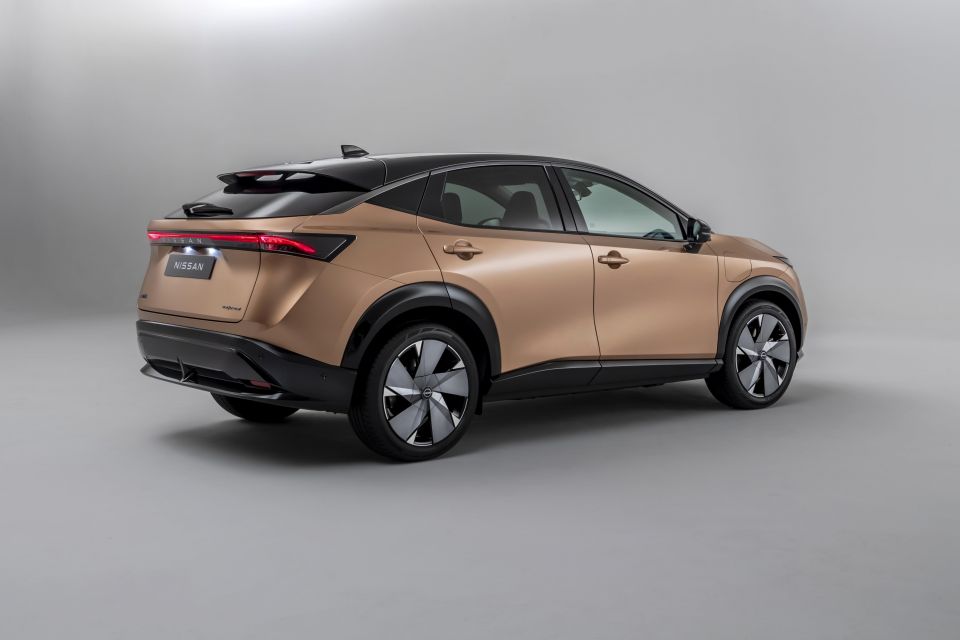
Infotainment is handled through a 12.3-inch centre screen and matching digital instrument cluster behind the two-spoke wheel with new Nissan logo, above which sits a large projecting head-up display.
Nissan says the ‘Andon’ lighting treatment “echoes a Japanese artisan character”. After all occupants are seated and doors shut, the interior lighting fades away, prompting the driver to push the start switch with a pulsing effect.
The Ariya also has a voice controlled “personal assistant” à la Mercedes-Benz’s MBUX to handle audio and navigation functions. Ariya is furthermore the first Nissan model capable of taking updates over the air.
A dual-bank memory system also allows for updates to be received and held behind the scenes while on the go, by being downloaded and stored. When the system has confirmed the download, it switches to the updated memory bank.
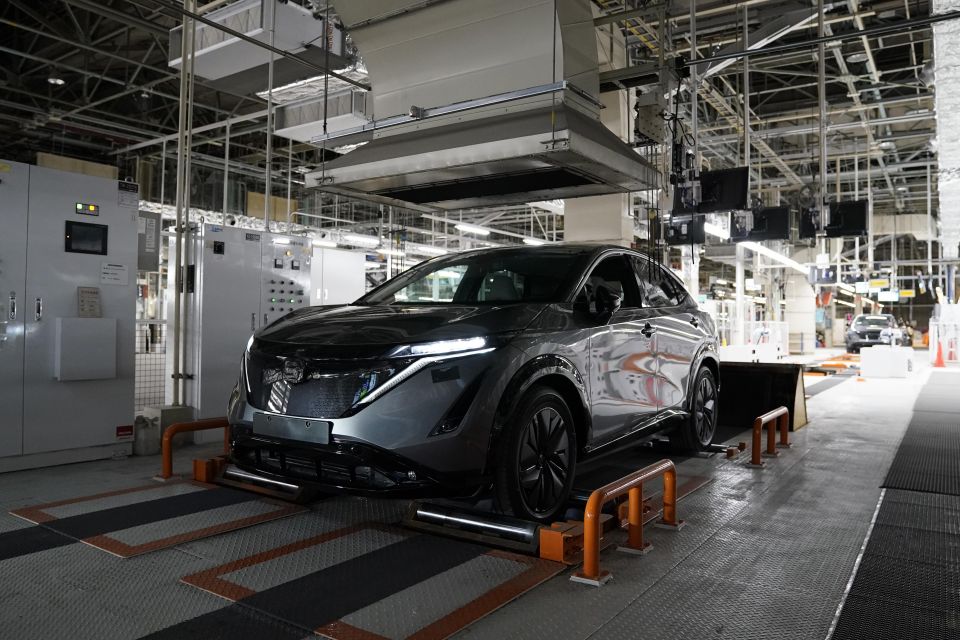
Naturally, a smartphone app will let you remotely monitor your car’s location, charge status, and ventilation setup. The seat memory presets are synced to the key fob, so when you hop in the car sets itself as you left it.
The Ariya is merely phase-one of Nissan’s new-generation EV rollout. As revealed yesterday, Nissan is spending 2 trillion yen (A$24.6 billion) on electrification over the next five years.
The company’s Ambition 2030 vision will see it bring 23 electrified models, including 15 new electric vehicles, to market by fiscal year 2030, as well as introduce solid-state batteries by fiscal year 2028.
Over the next five years, it’ll introduce 20 new models with electric or e-Power hybrid powertrains. Australia’s first Nissan e-Power model is the 2022 Qashqai due by June next year.
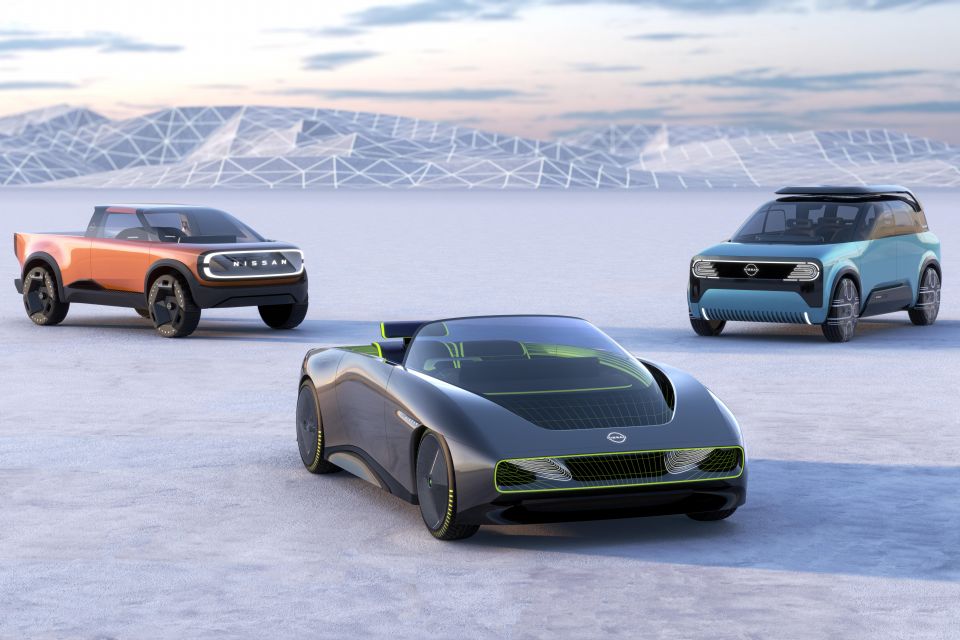
Nissan’s plans (by fiscal year)
Where expert car reviews meet expert car buying – CarExpert gives you trusted advice, personalised service and real savings on your next new car.


Shane O'Donoghue
6 Days Ago


Anthony Crawford
5 Days Ago


Matt Campbell
4 Days Ago


James Wong
3 Days Ago


Max Davies
1 Day Ago


Josh Nevett
11 Hours Ago